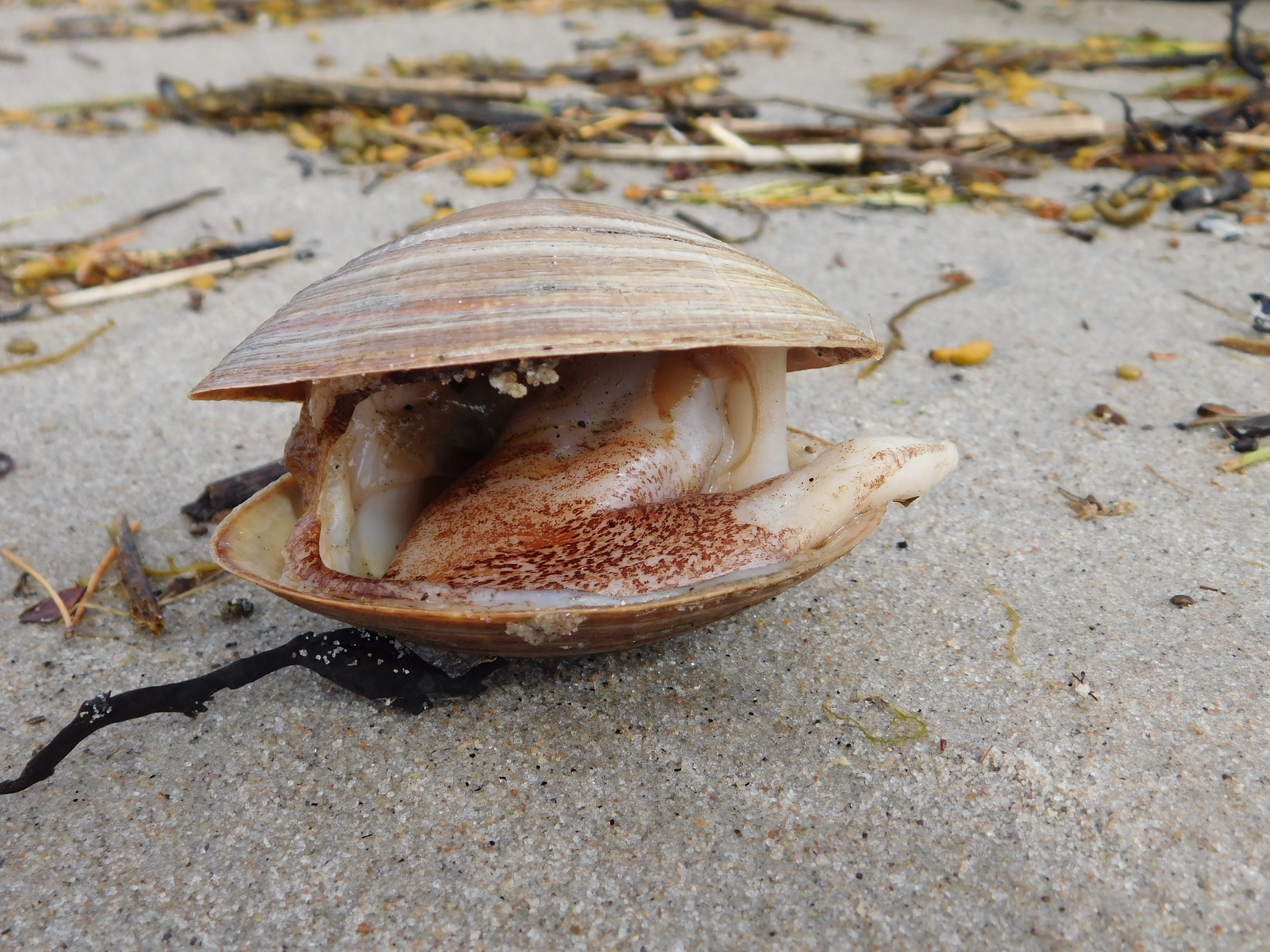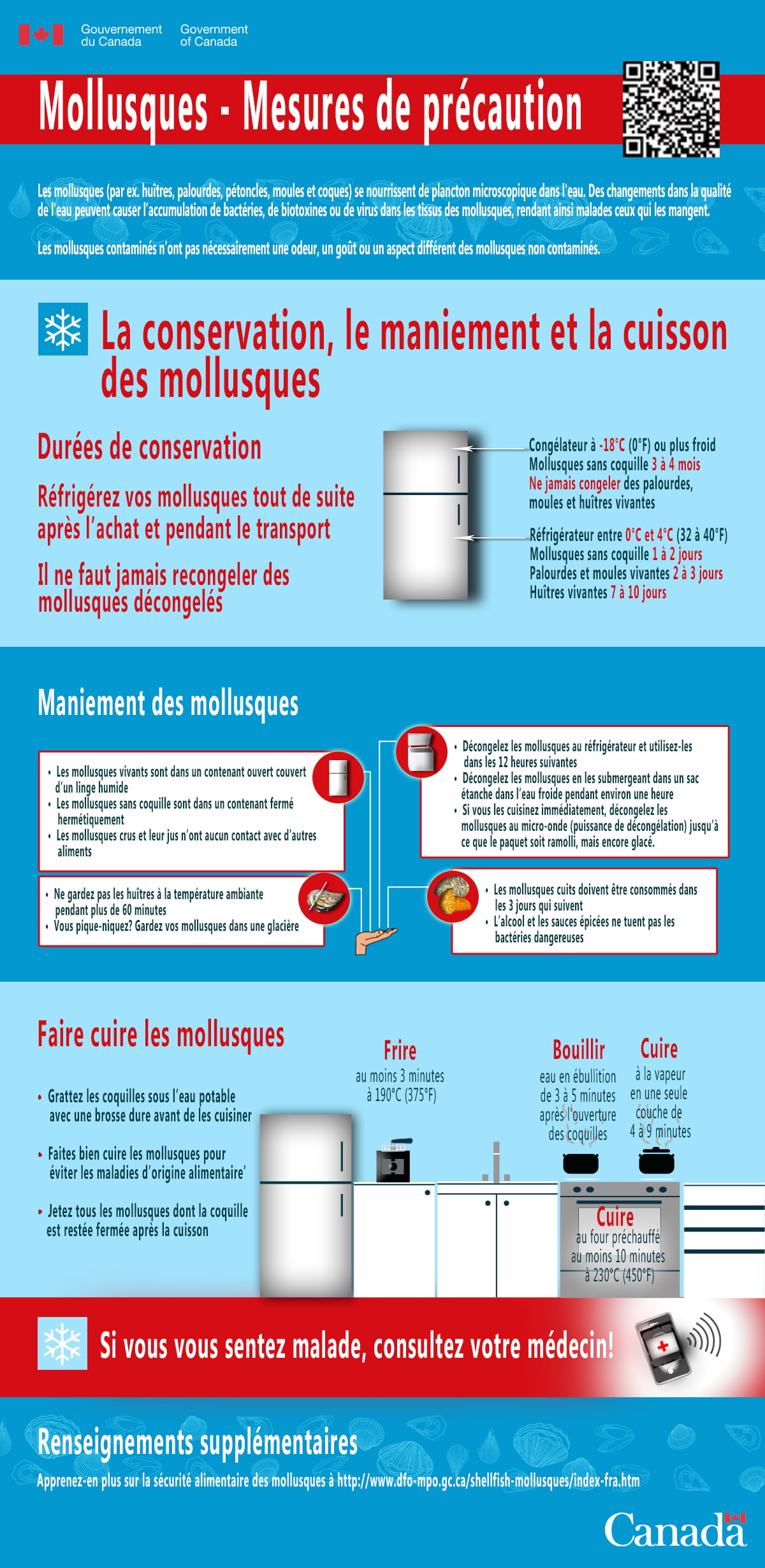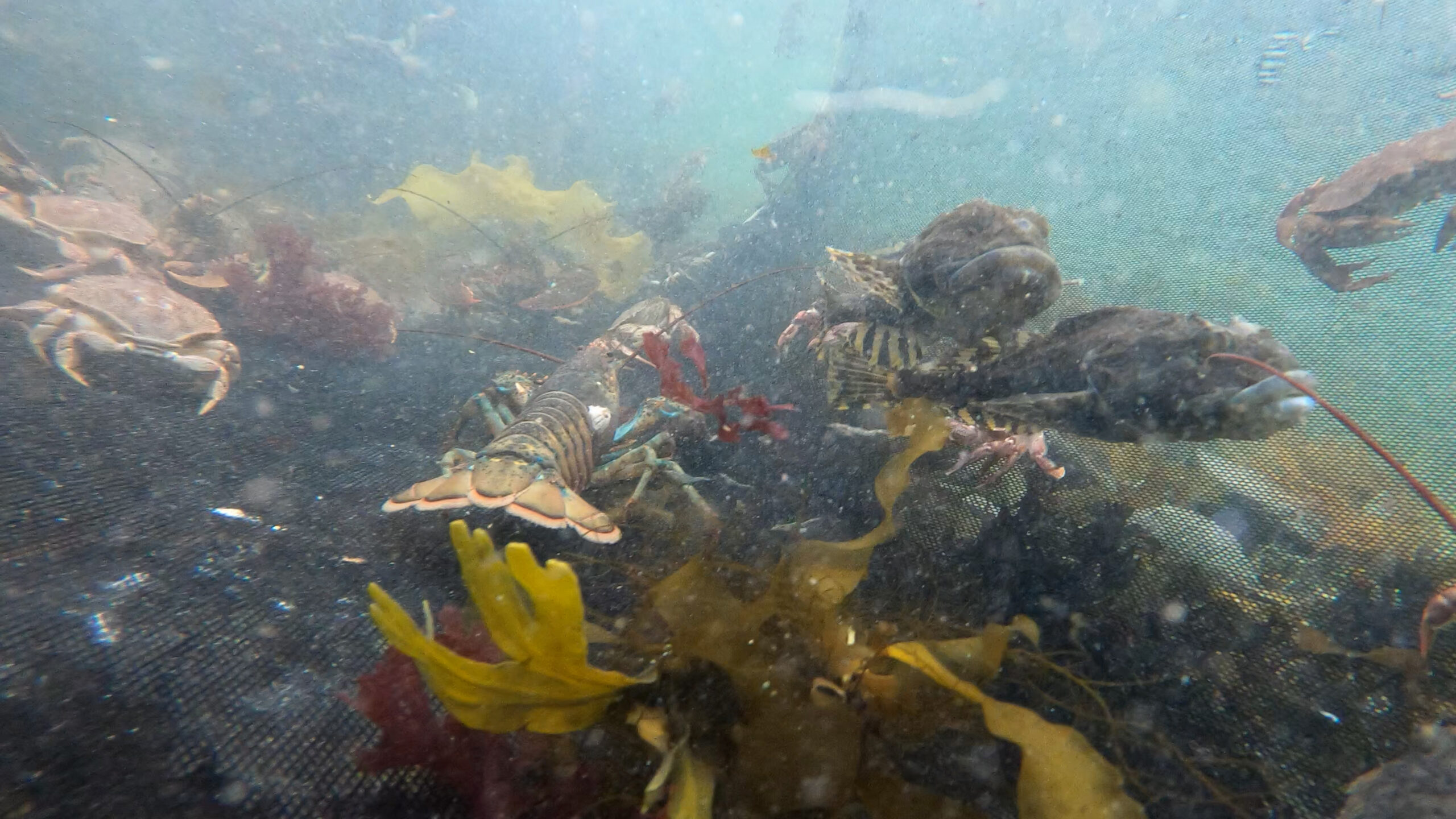
SIZE:
Up to 11 cm.
LIFE EXPECTANCY:
Up to 48 years.
LIFE CYCLE:
Sexual maturity reached after approximately two to three years for males and three to four years for females.
Greenland cockles are hermaphrodites
The Greenland cockle has a thin, round shell with fine radial ribs. Viewed from the side, it is shaped like a heart. The two shell valves are almost identical in size and shape. Its colour is creamy white with shades of olive and reddish brown; its interior is off-white.
Coastal zone, up to 100 m depth.
The Greenland cockle buries itself in soft sea bottoms of sand or mud.

The Greenland cockle prefers soft bottoms.
Credit : Nadezhda Samoylova, photo taken in the White Sea, in 2020.
PREYS:
Plankton
PREDATORS:
Crabs
Cod and other bottom fish
Seals
MACHINES:
Hydraulic dredge.
REGULATIONS:
Offshore clam diggers (Stimpson’s surf clams and northern quahog) can harvest Greenland cockles as an unrestricted incidental catch.
There is no directed fishing for Greenland cockles.
Recreational harvesting? Yes, but under certain conditions.
Greenland cockles can be hand-harvested recreationally. However, these shellfish can be toxic. Be sure to find out about harvesting conditions and whether your area is open. This information can be found on the Fisheries and Oceans Canada website.
Greenland cockle is a Smarter seafood-listed species.
BENEFITS:
Bivalve molluscs are excellent sources of vitamin B12, mega-3 fatty acids, choline, iron, selenium, and zinc. They are low in fat and carbohydrates.
LET’S COOK:
Meat-like texture, tender. Delicate flesh with a sweet-salty flavour.
Cockle can be prepared in many different ways: in a white wine sauce, braised in a pan, in risottos or pasta, and it can even be eaten raw, as in sashimi.
OUR CULINARY ADVICE:
- Before preparation, soak Greenland cockles in fresh water for several hours to remove sand from the shells.

To avoid poisoning, it is important to follow safe shellfish storage, handling and cooking practices.
Source : DFO






